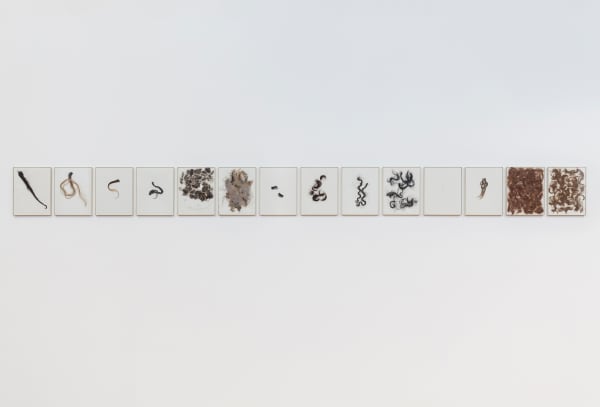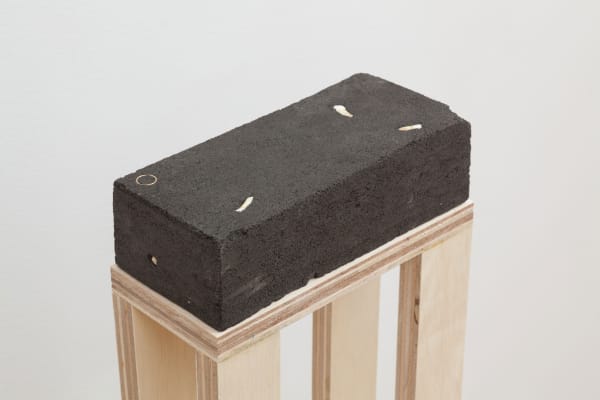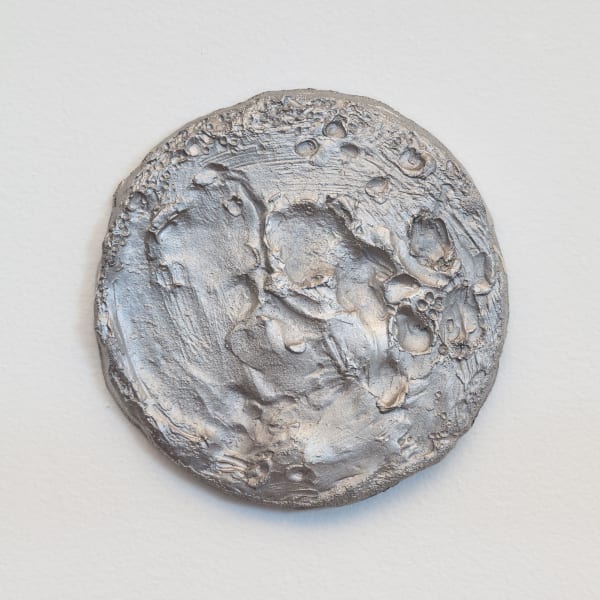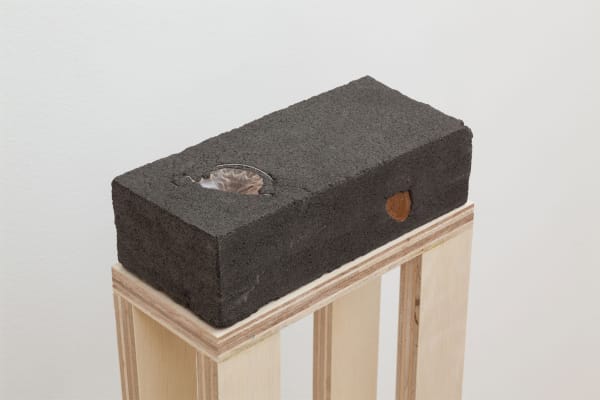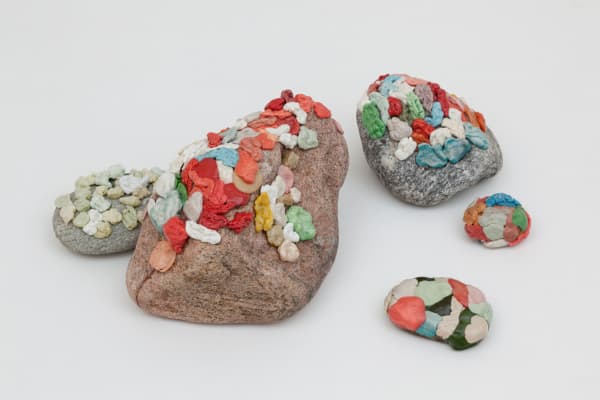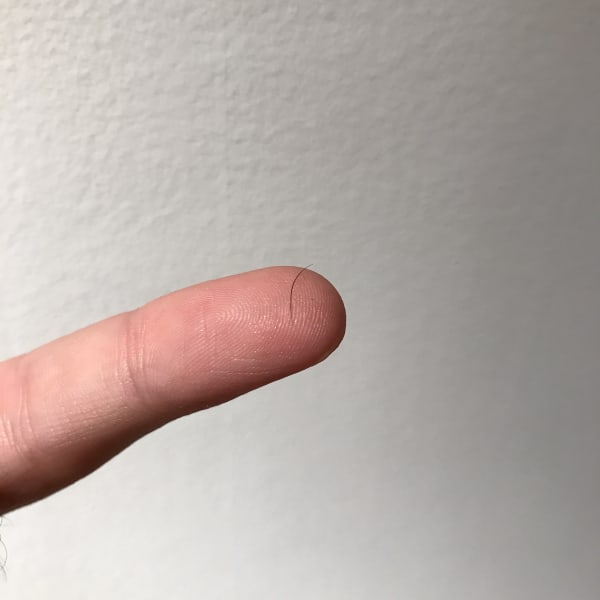Adam Milner: Desirable Objects
The works collectively ask questions about who or what has a body and how those bodies are organized or collected.
-

Adam Milner, Love Suite, 2017
-

Adam Milner, Let's Build a House But Not Here, 2017
-

Adam Milner, Weak Container, 2017
-

Adam Milner, Letting, 2017
-

Adam Milner, Let's Build a House But Not Here, 2017
-

Adam Milner, Exact Replica of the Moon (February 3, 2015), 2015
-

Adam Milner, Fred, 2017
-

Adam Milner, Baby Archive, 2017

